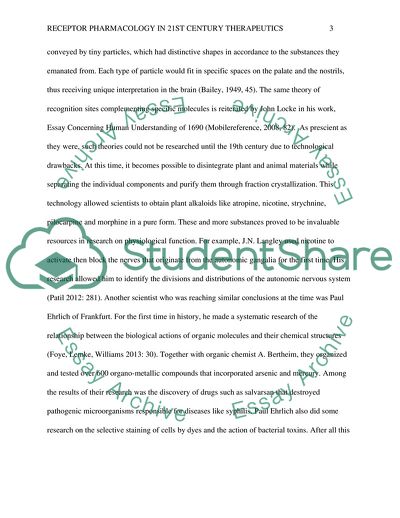Cite this document
(Receptor Pharmacology in 21st Century Therapeutics Coursework - 1, n.d.)
Receptor Pharmacology in 21st Century Therapeutics Coursework - 1. https://studentshare.org/health-sciences-medicine/1805342-receptor-pharmacology-in-21st-century-therapeutics
Receptor Pharmacology in 21st Century Therapeutics Coursework - 1. https://studentshare.org/health-sciences-medicine/1805342-receptor-pharmacology-in-21st-century-therapeutics
(Receptor Pharmacology in 21st Century Therapeutics Coursework - 1)
Receptor Pharmacology in 21st Century Therapeutics Coursework - 1. https://studentshare.org/health-sciences-medicine/1805342-receptor-pharmacology-in-21st-century-therapeutics.
Receptor Pharmacology in 21st Century Therapeutics Coursework - 1. https://studentshare.org/health-sciences-medicine/1805342-receptor-pharmacology-in-21st-century-therapeutics.
“Receptor Pharmacology in 21st Century Therapeutics Coursework - 1”. https://studentshare.org/health-sciences-medicine/1805342-receptor-pharmacology-in-21st-century-therapeutics.


